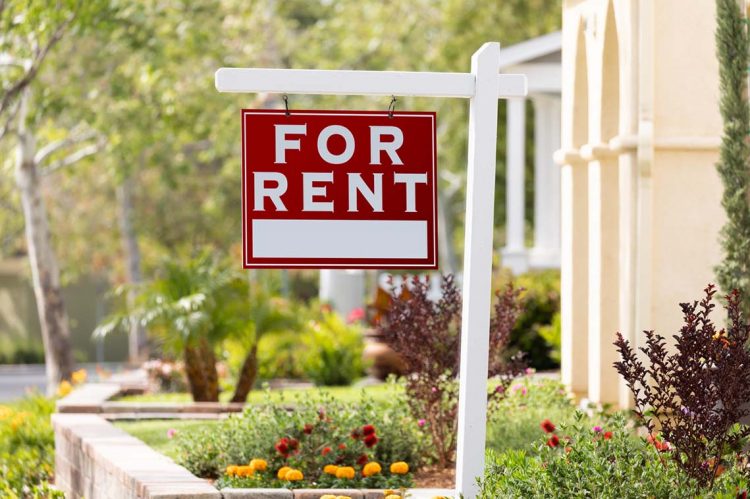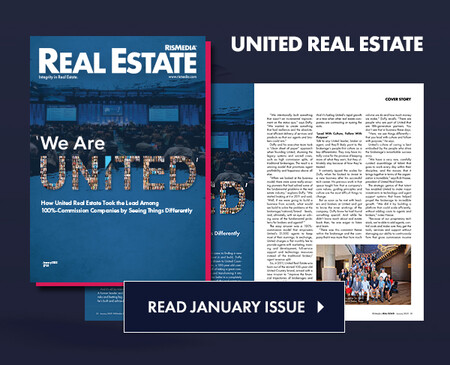As renters look for a lifestyle change that offers more space and privacy, communities of single-family houses built for the purpose of renting have become the hottest trend in housing. 2021 was a record year for single-family rental home construction, with 6,740 new built-to-rent homes completed. And the trend is growing rapidly: twice as many homes are now under construction, for a total of nearly 14,000 set to open their doors to renters beginning this year.
Cleverly described by some as “horizontal apartments,” communities of houses built for the sole purpose of renting are becoming the hottest topic in residential living. But single-family rentals are not a new concept. Although they proliferated in the aftermath of the 2008 housing crisis, this time it’s different. The pandemic created an unprecedented demand among renters for space and privacy, which houses can address much better than apartments.
According to a recent survey of 3,300 renters on rentcafe.com, as many as 78% said they were interested in living in a community of single-family homes. The survey confirmed the rising interest in single-family rentals that began to take shape last year, including on rentcafe.com, where searches for “homes for rent” tripled in 2021 compared to the previous year.
What’s more, the race to build more of this in-demand type of rental is accelerating: In 2021, 6,740 new rental homes in built-to-rent communities were completed—the highest yearly total to date, according to Yardi Matrix data. But this is just the beginning of a trend we’re bound to see much more of as the pace of construction is set to double beginning this year. Specifically, there are an estimated 14,000 built-to-rent homes under construction in the United States.
Currently, there are about 90,000 existing single-family homes in the United States in nearly 720 such communities designed specifically for renting. They include single-family detached houses, townhomes, duplexes, and even quadruplexes that come with a backyard or a garage—or sometimes both.
It’s easy to see the appeal of built-to-rent homes: the trend combines the financial and leasing flexibility of a rental with the amenities and convenience of a professionally managed property, all while living a single-family home lifestyle.
As a result, everyone is interested, according to Shannon Hersker with Walker & Dunlop: “There is a misconception that the majority of renters are Millennials when, in reality, you have everyone—including college students, empty nesters, families with kids, pet owners, and those wanting to downsize.”
Built-to-Rent Communities Present in Both Suburban & Urban Areas
Because they need large lots of land to build on, rental home communities are prevalent in low-density areas, with the majority (61%) located in suburbs.
“Undoubtedly, coronavirus has also impacted upon this increased popularity,” said Christopher Michael, founder of archisoup, an online learning platform for architecture students. “Many are now moving out of the cities and apartment living to seek out more space in rural and suburban locations.”
This aligns with RentCafe’s renter survey, which also revealed that besides the main reasons for choosing a single-family rental over an apartment—more space (29%) and more privacy (25%)—these types of rental homes are also attractive for families. More precisely, 19% of respondents believe a single-family rental is more suitable for their family, especially if the community is ina family-friendly area in the suburbs.
Mapping the top 100 locations with the most built-to-rent houses reveals that 39% of these communities are located in areas, particularly in geographical regions where land availability allows. While they’re more likely to be found in urban settings in the Southwest, they tend to be more present in suburban areas in the Midwest and Northeast
Either way, single-family rentals are filling up fast, with the occupancy rate in 2021 2% higher than apartments (97% compared to 95%)—demonstrating renters’ interest in living in a house. And, Hersker believes the trend of the built-to-rent home was already on the rise: “The pandemic just increased demand at a faster pace,” she said. “People want to live in areas that are less dense, in communities that offer more space.”
To see regional breakdowns and view the full report, visit https://www.rentcafe.com/blog/rental-market/market-snapshots/built-to-rent-single-family-homes-double-in-2022/
Alexandra Ciuntu is a creative writer and researcher for RentCafe.












